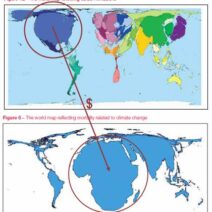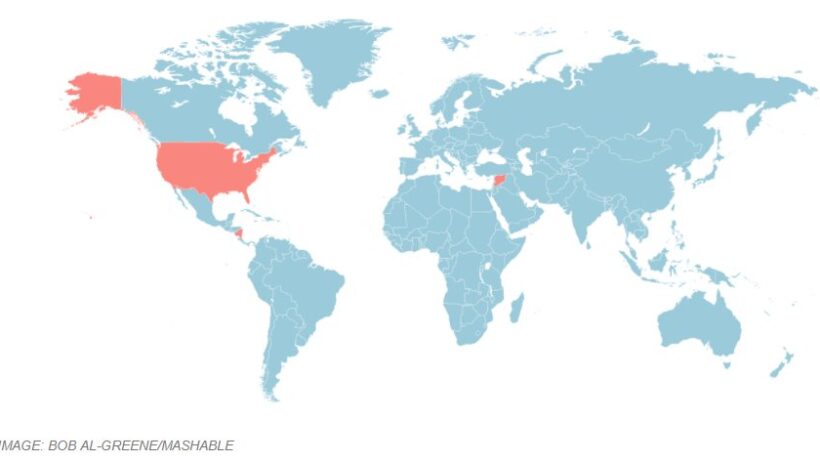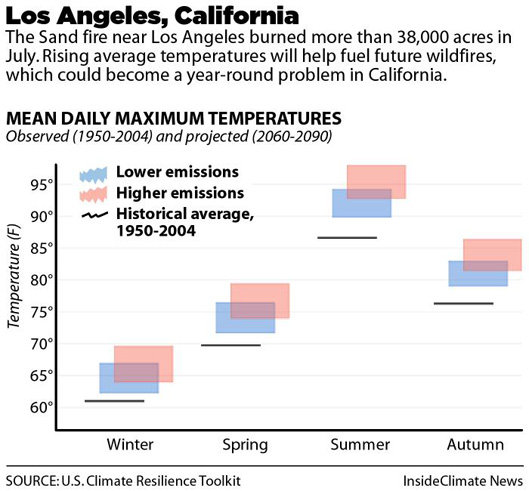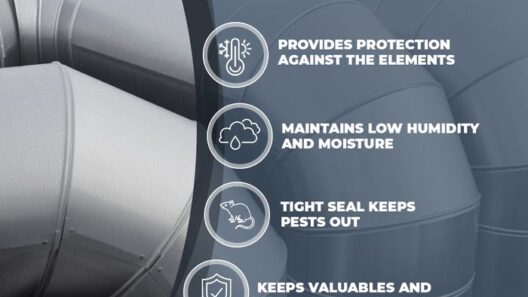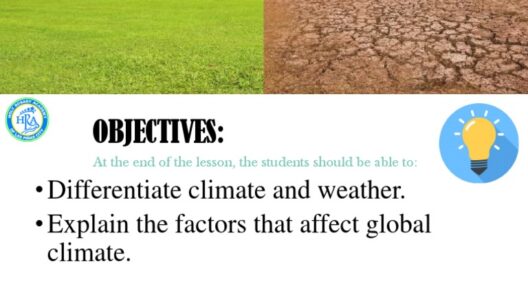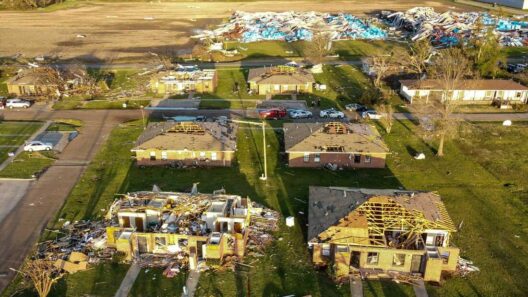The Paris Accord, formally known as the Paris Agreement, serves as a pivotal framework in the fight against climate change. It emerged from the United Nations Framework Convention on Climate Change (UNFCCC) in December 2015, uniting nearly every nation on Earth in a collective effort to mitigate global warming. Like an orchestra tuning to a singular note, the accord harmonizes disparate nations’ ambitions toward a common goal: limiting global temperature rise to well below 2 degrees Celsius above pre-industrial levels, with an aspirational target of 1.5 degrees. This metaphorical symphony illustrates the essential synergy between countries, underscoring the collaborative nature of environmental stewardship.
At its essence, the Paris Accord sets the stage for an international collaborative effort by mandating that each party commits to reducing their greenhouse gas (GHG) emissions. However, the accord is not prescriptive in terms of how countries achieve these reductions. This flexibility is akin to a painter standing before a blank canvas, free to choose colors and strokes that best represent their unique context. Nations are empowered to develop their own pathways to sustainability, allowing for adaptation to specific economic, geographic, and social realities.
Another critical component of the Paris Accord is the concept of Nationally Determined Contributions (NDCs). Each member state submits an NDC that outlines its climate action pledge, regardless of how ambitious or modest that commitment may be. This notion can be compared to a diverse tapestry woven with threads of varying strengths and hues. Each nation’s contribution adds to the overall collective effort, emphasizing the importance of inclusivity in decision-making. As countries revise and update their NDCs—ideally every five years—the expectation is that they will increasingly enhance their contributions, thereby fostering a culture of accountability and progressively bolder climate action.
The inherent appeal of the Paris Accord lies also in its capacity for fostering resilience. Climate change impacts are not uniform; they manifest differently across regions. The accord underscores the vulnerabilities faced by developing nations that are often the least responsible for greenhouse gas emissions yet disproportionately affected by climate-induced disasters. By facilitating financial assistance and technology transfer from developed to developing countries, the accord acts as a lifebuoy, helping nations navigate turbulent waters of climate adversity. This solidarity emphasizes a moral imperative: as stewards of the planet, those more equipped must assist those at greater risk while promoting sustainable development.
Importantly, the Paris Accord represents a shift toward a more holistic understanding of climate change, integrating economic, social, and environmental dimensions. It recognizes that climate action should not only prevent ecological degradation but also spur sustainable economic growth, equity, and poverty alleviation. The metaphor of a bridge resonates here, linking the pursuit of environmental health with social and economic stability. As countries embark on the transition to a low-carbon economy, they are presented with opportunities to innovate and invest in clean technologies—creating jobs, fostering resilience, and enhancing their global competitiveness.
International cooperation is particularly significant when examining the notion of climate finance. The Paris Accord acknowledges the need for developed countries to mobilize at least $100 billion annually by 2020 to support climate actions in developing nations. This pledge is vital, as it helps to build trust among nations while catalyzing local initiatives. Financial support can be likened to planting seeds in fertile soil; with adequate resources, the aspirations of vulnerable nations can take root and flourish into impactful climate-resilient strategies.
However, the effectiveness of the Paris Accord remains contingent on various factors. While the agreement offers a pragmatic framework, it is ultimately the political will of participating nations that dictates success. The collective commitment to uphold and enhance commitments in the face of scientific evidence is essential. It is here that the metaphor of a compass comes into play. The accord serves as a navigational tool, guiding countries toward sustainable futures in a world where climate change looms large. Absent determination and resolve, even well-crafted treaties can falter.
Additionally, addressing the gaps in accountability is paramount. Transparent reporting mechanisms have been established, allowing governments to assess progress and share experiences. This openness serves to mitigate the potential for greenwashing, where superficial commitments could otherwise undermine efforts. Imagine a lighthouse in the fog; it provides guidance and clarity in uncertain waters, showing nations the path forward while ensuring that they uphold their pledges.
In conclusion, the Paris Accord orchestrates a coordinated global response to the climate crisis. By harmonizing diverse commitments, fostering resilience through support mechanisms, and promoting sustainable development, it endeavors to forge a collective future for humanity. Each nation’s contributions form a vital strand in a robust environmental tapestry. The accord encapsulates hope and urgency; it is both shield and sword against the deleterious effects of climate change. Ultimately, success hinges not just on the structure of the agreement itself but also on the unwavering commitment of nations to heed its call and embrace the shared responsibility for the planet and future generations. As the world stands at a crossroads, the key lies in collaborative action, innovative solutions, and a shared vision for sustainability.

